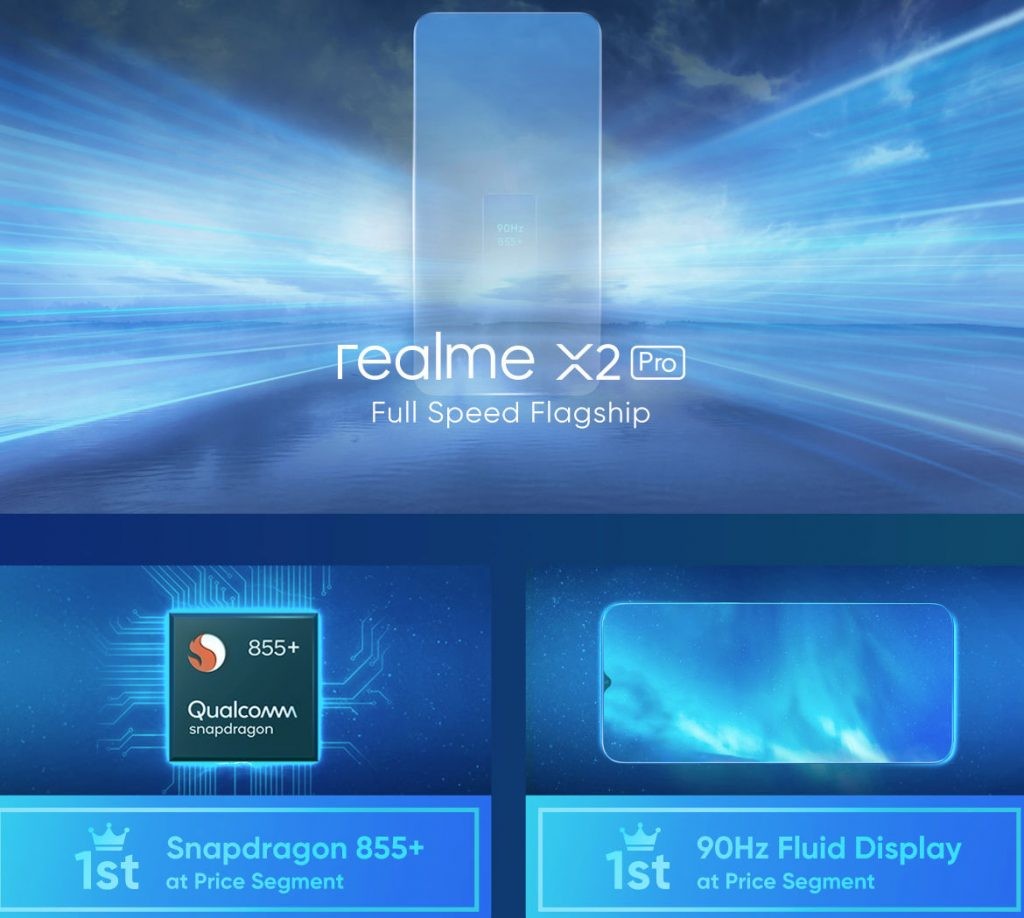Huawei launched its Mate 30 series smartphones without the support for Google apps and services as the company has been on the United States’ “entity list”, which bars it from doing business with any of the US-based firms.
However, there was a workaround which enabled users to install Google apps and use its services. But now, the app LZ Play, which allowed users to install Google apps, has been taken down after reports related to the security behind the app’s working.

On top of that, Google has also removed the smartphone from its SafetyNet security check, which is basically a list of trusted devices that could access Google services. This is a major blow to the users who are using the Mate 30 devices outside China as the only workaround known has been shut down.
John Wu wrote a detailed article about how LZ Play uses undocumented Huawei APIs inside the OS that are used for device security to trick Google servers. Wu suggested that Huawei knew about the secret tools LZ Play used, and either encouraged, or turned a blind eye towards it. After the report got attention online, the LZ Play website is no longer live but it’s not sure who has shut it down — its developers or hosting provider or Huawei.
Soooo uhh this is new.
Since today's developments, Mate 30 Pro now fails SafetyNet. Last week it passed.
What the what pic.twitter.com/fPeaWUHD2v
— Alex Dobie (@alexdobie) October 1, 2019
The Huawei Mate 30 is the first batch of devices from the Chinese giant that comes without support for Google apps and services, even outside its home country China. However, the devices are running Android OS given that it’s an open source platform but there’s no support for Google apps and services because that requires license from Google.
When the United States put Huawei on entity list, the company has granted a 90-day exemption which allowed the company to keep using Google’s services. However, when the company was again granted 90-day exemption, Google was not in the list allowed to do business with Huawei, cutting the Chinese giant’s access to one of the crucial feature in Android smartphones.
In the absence of Google Play Store, Huawei is hoping that its own store, the App Gallery, will mature enough in the west to satisfy people’s need for the apps. For this, the company has also willing to spend around $1 billion and is asking developers to build apps for its own platform.

